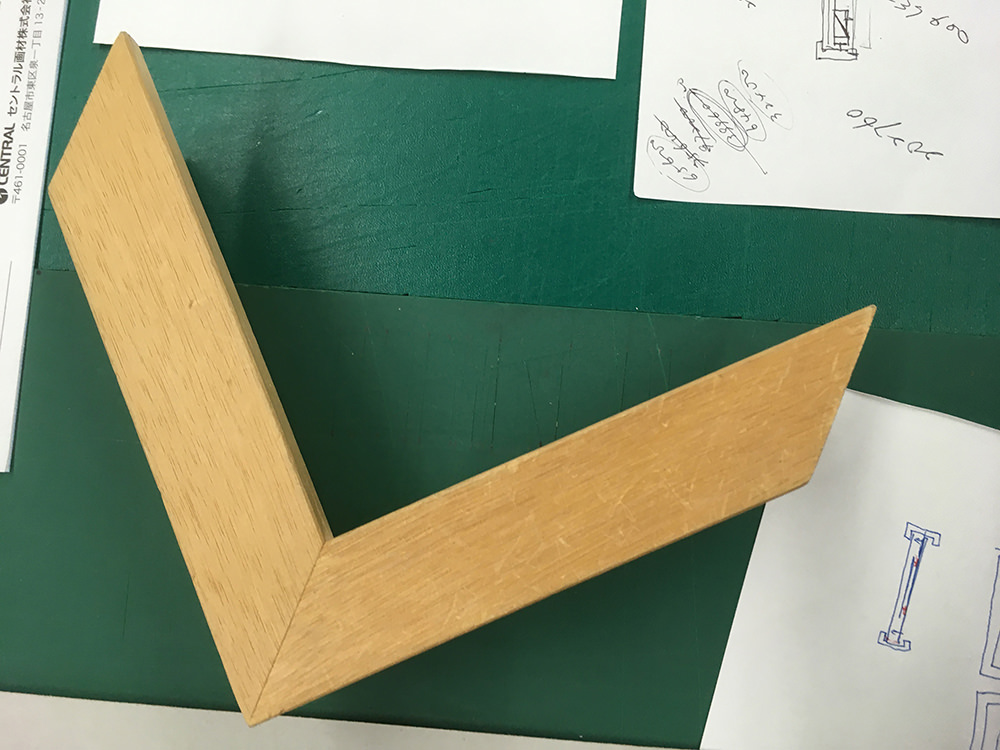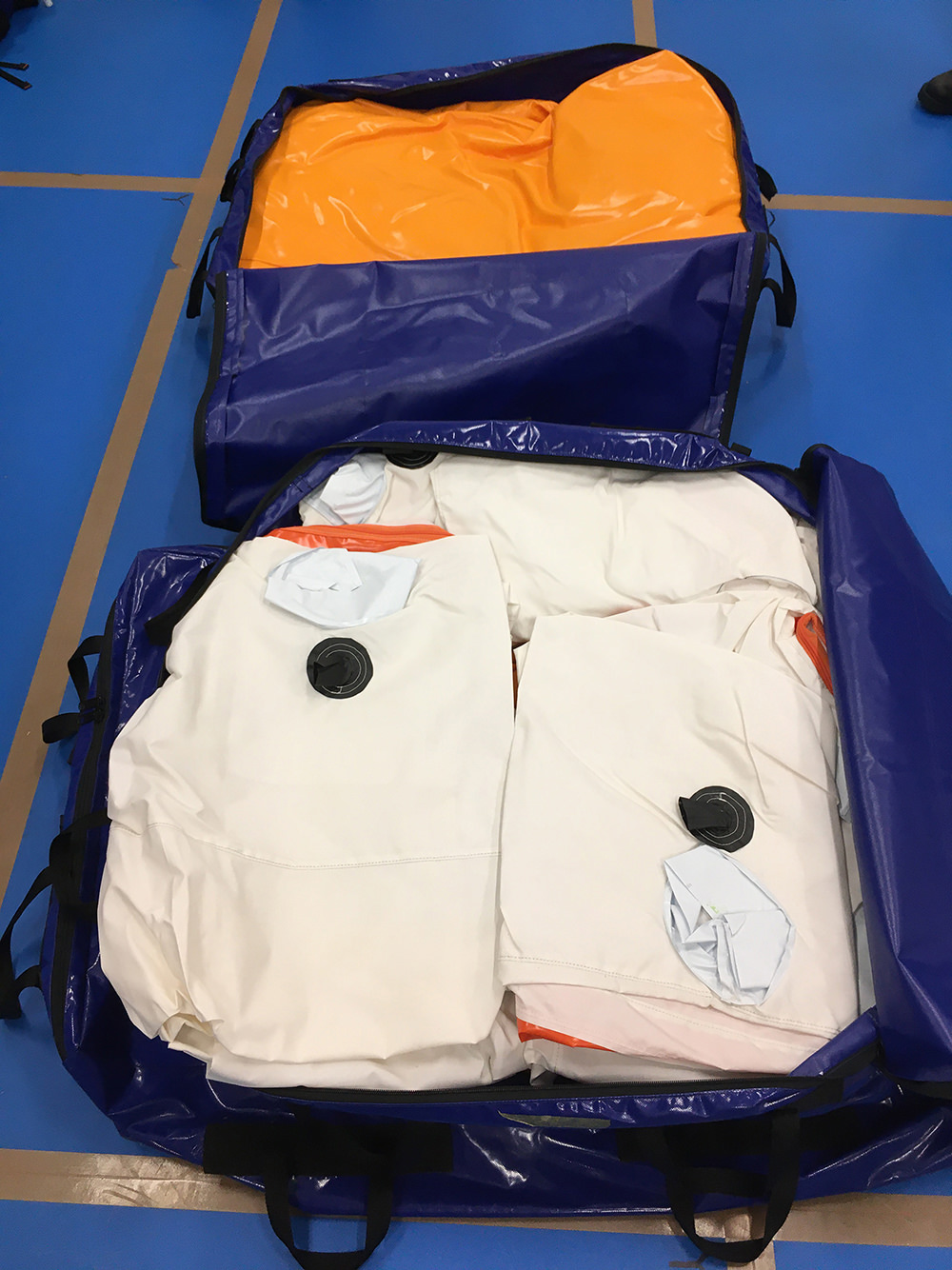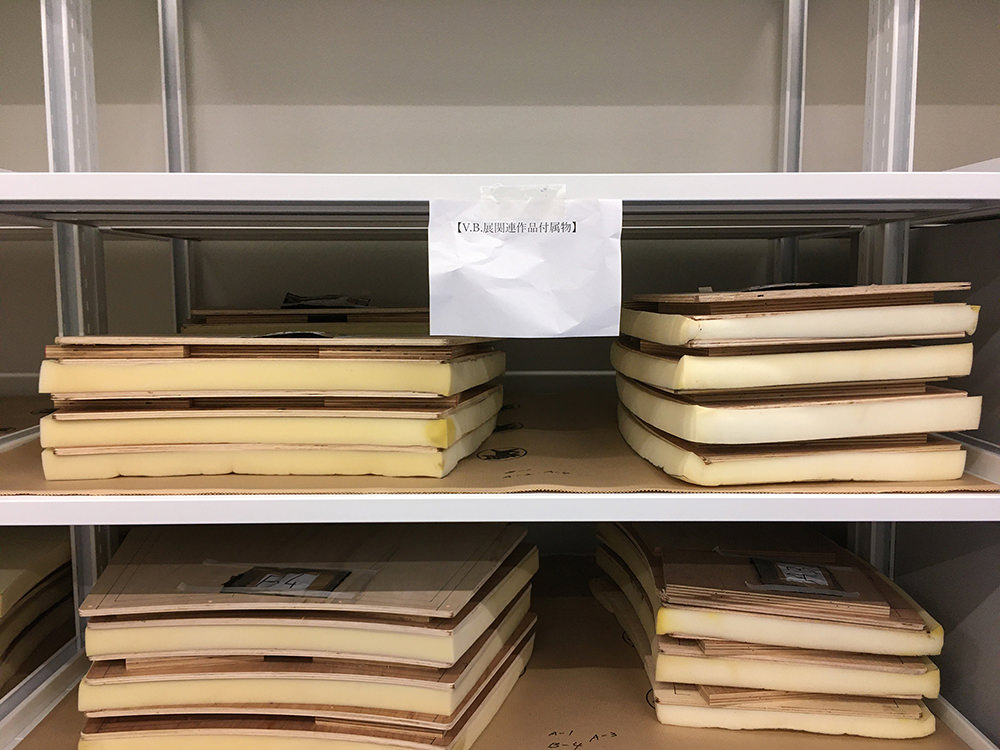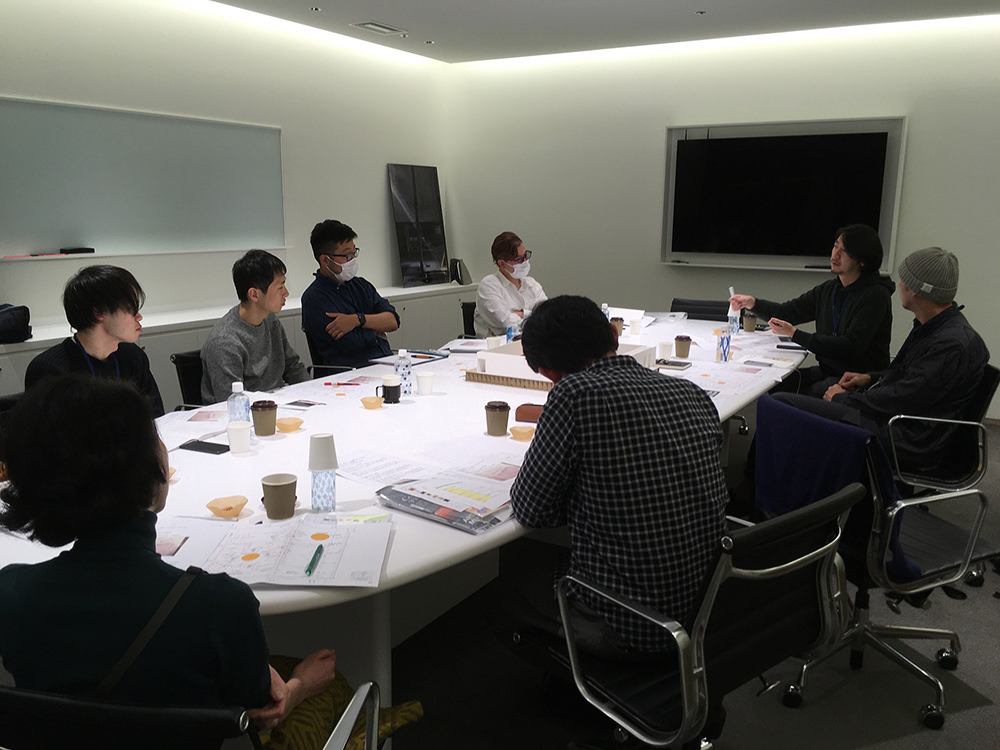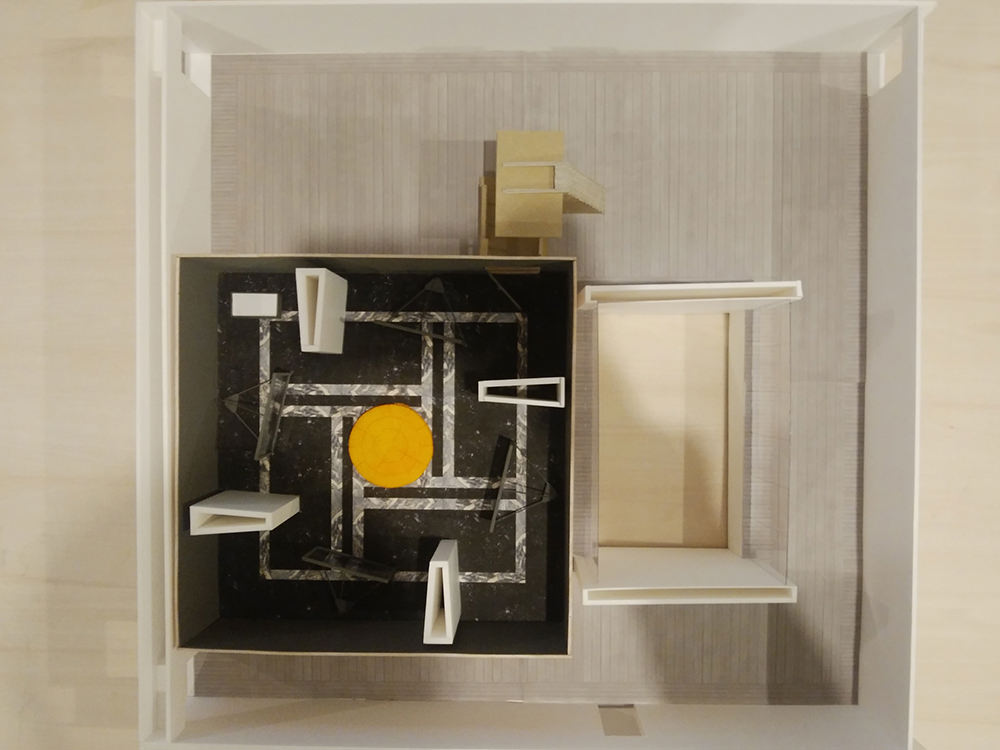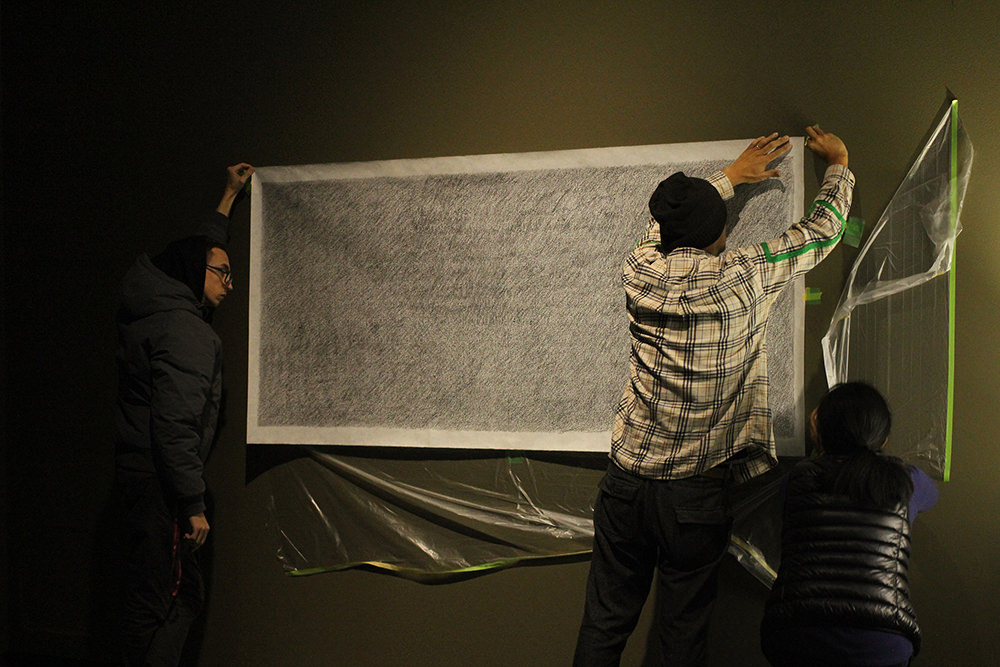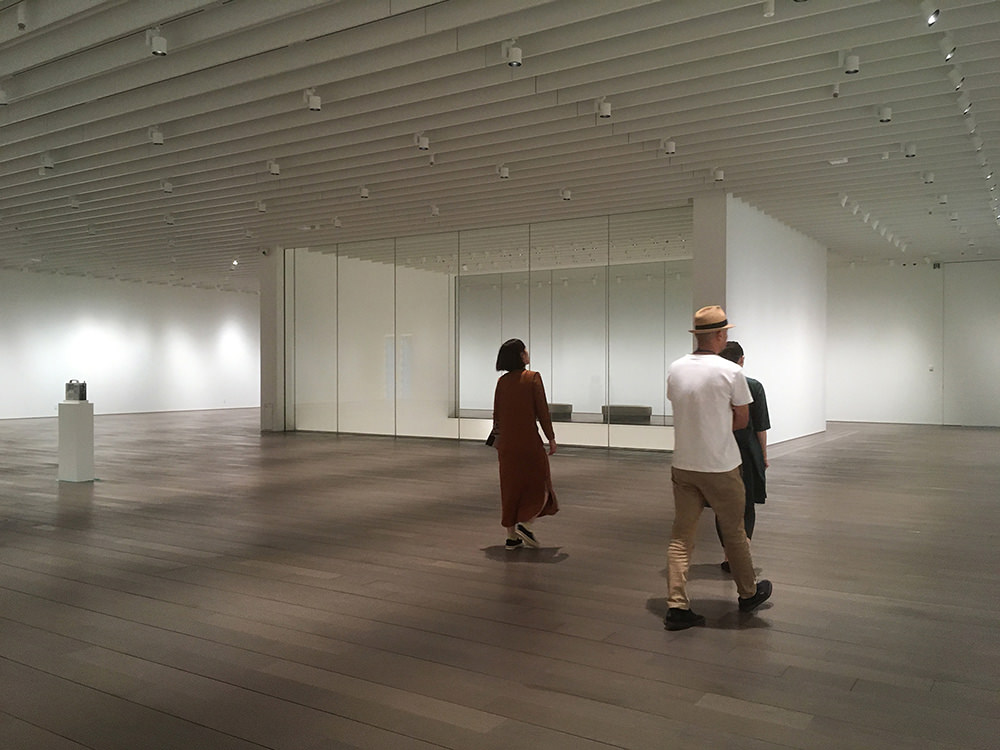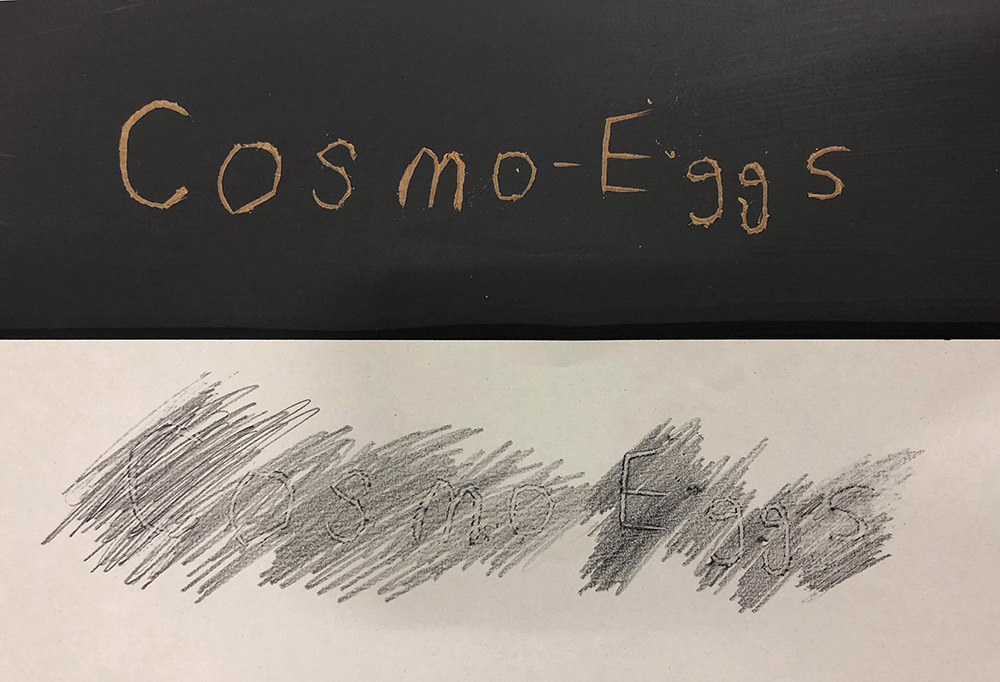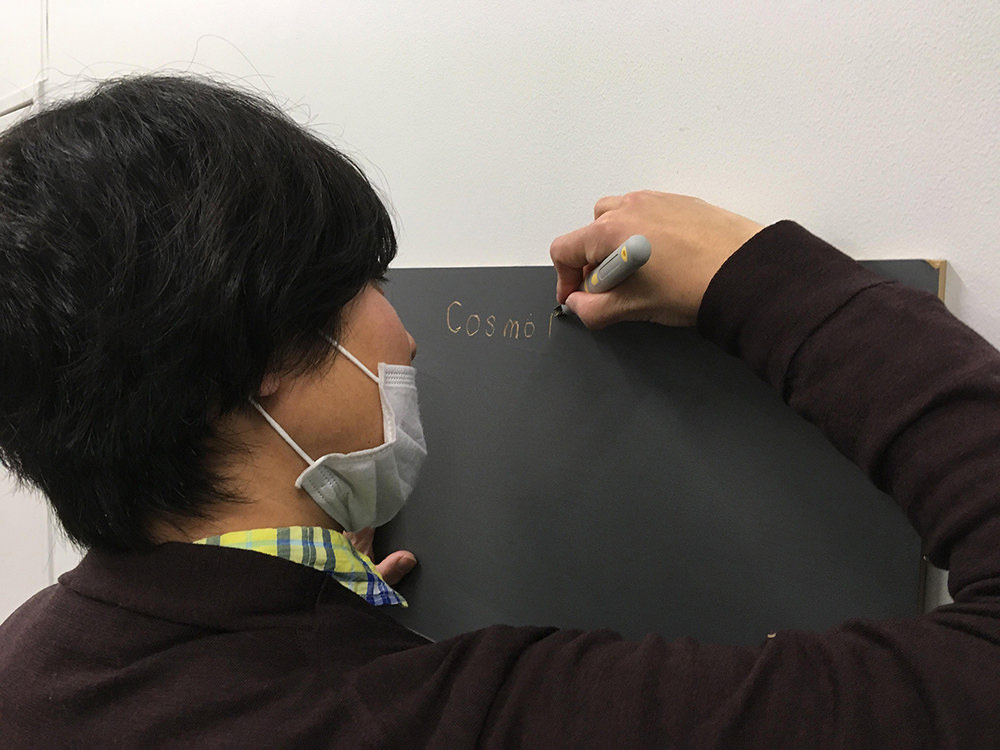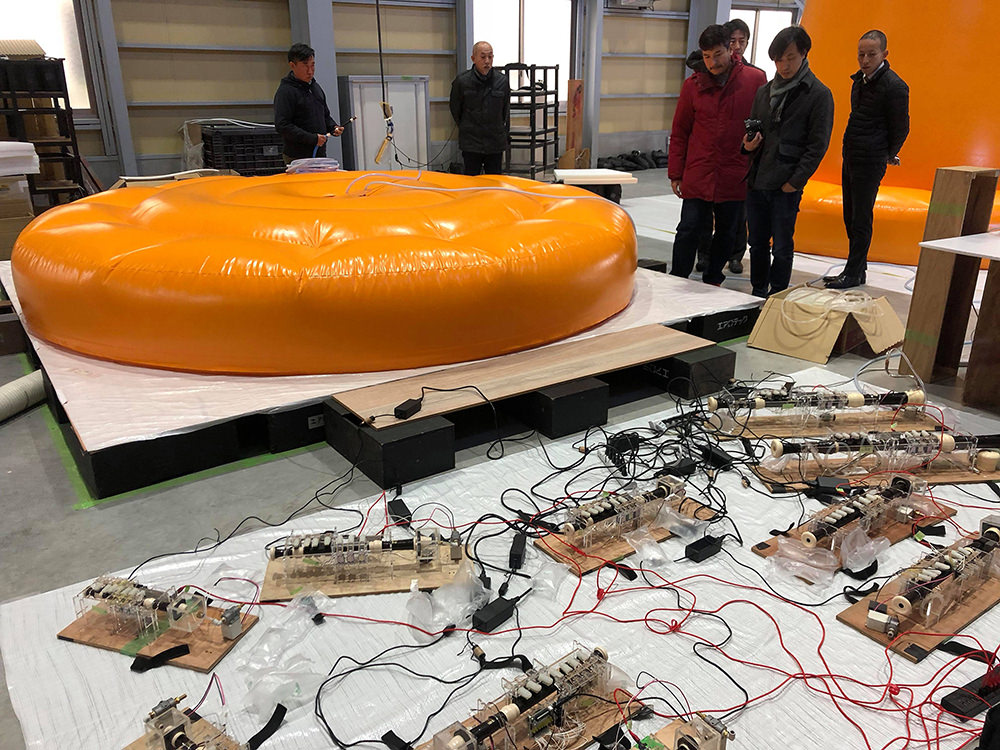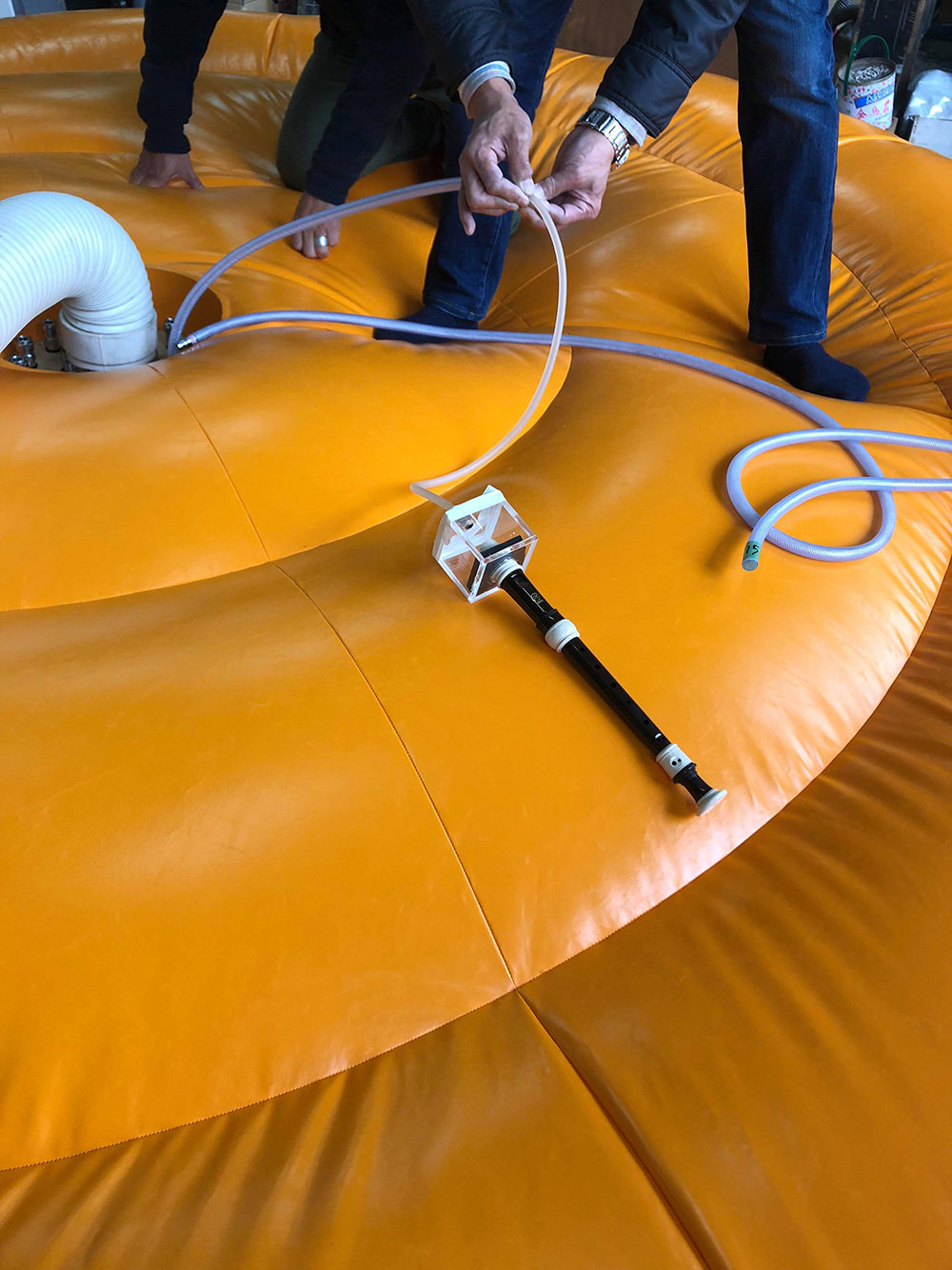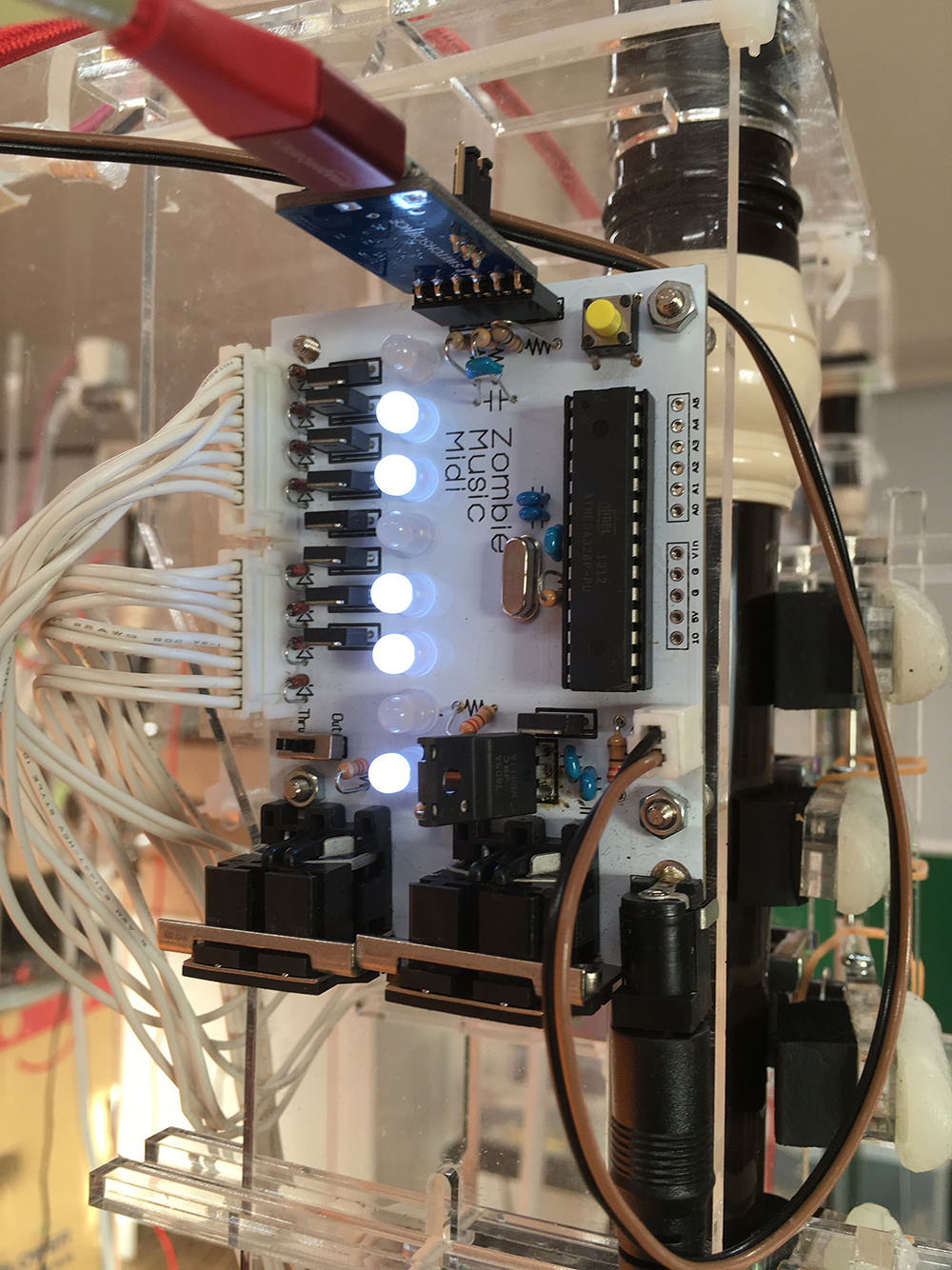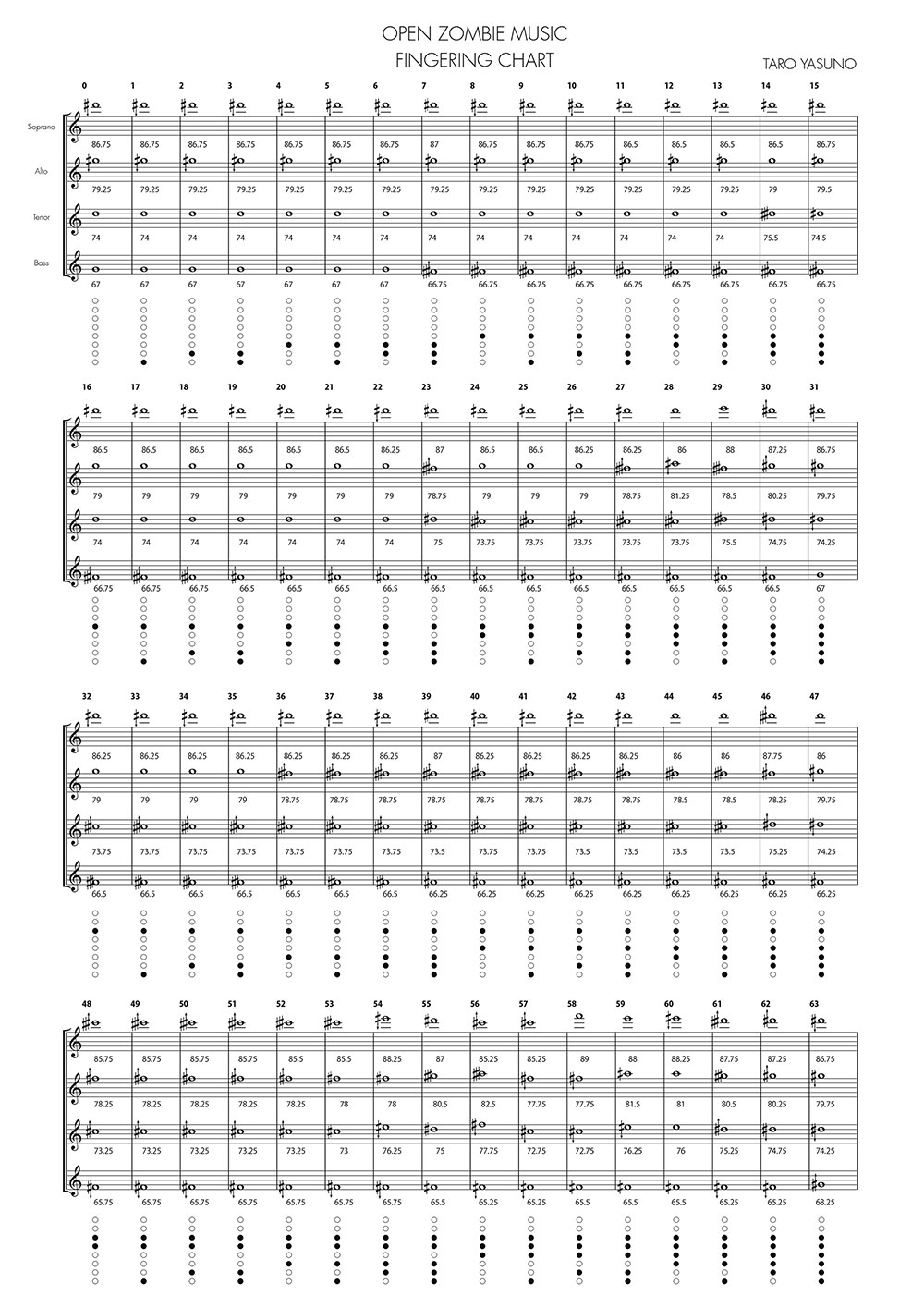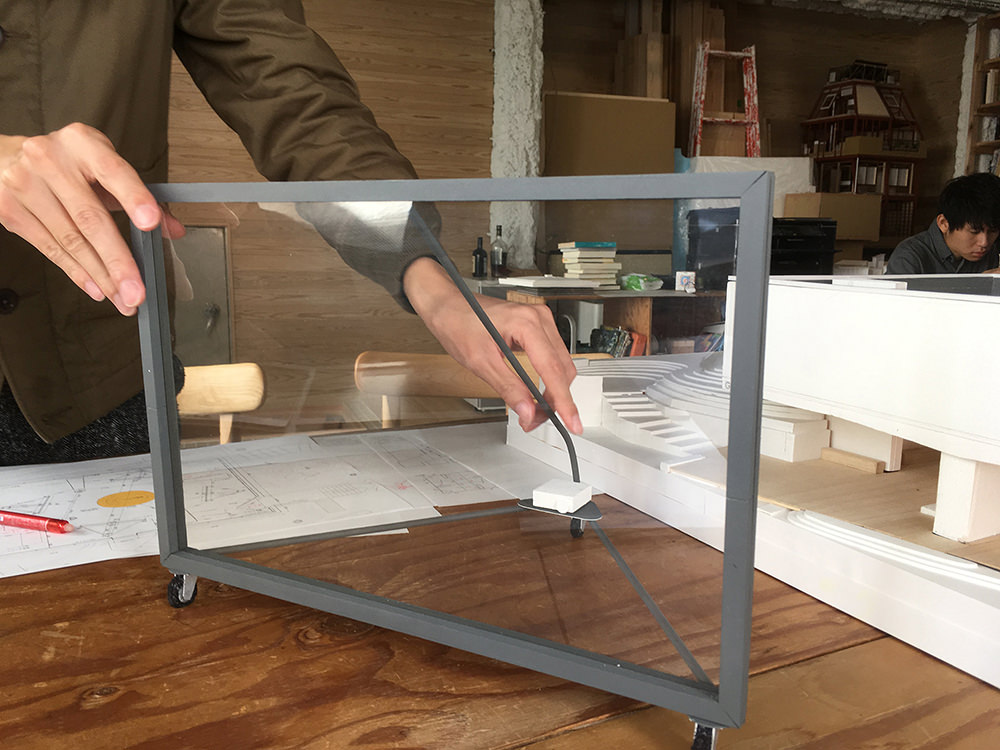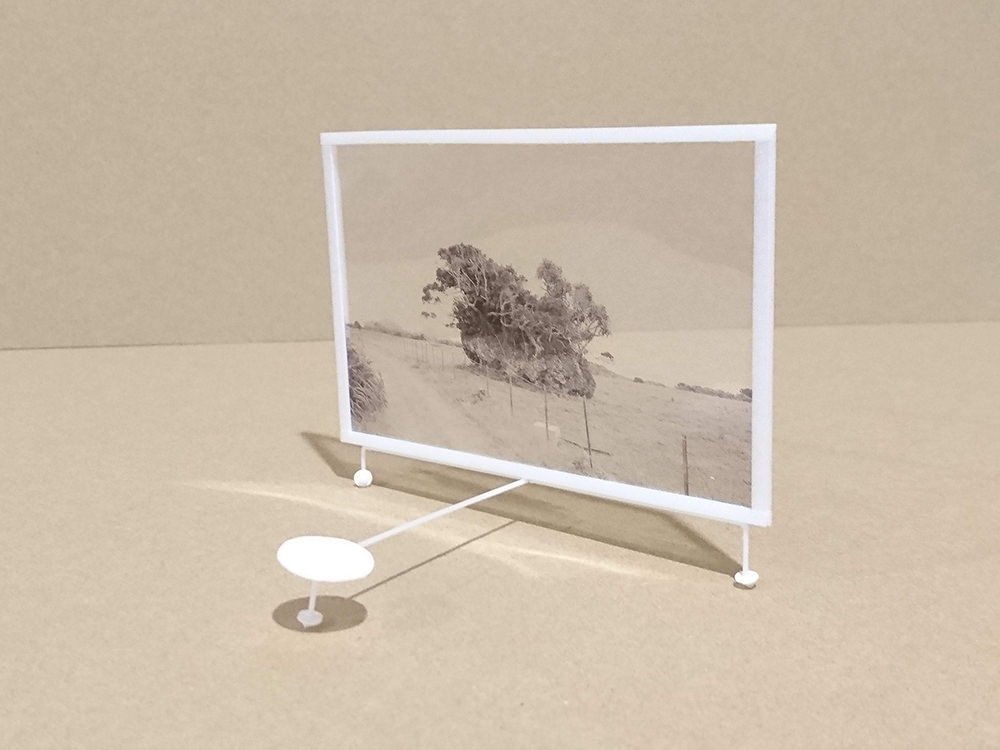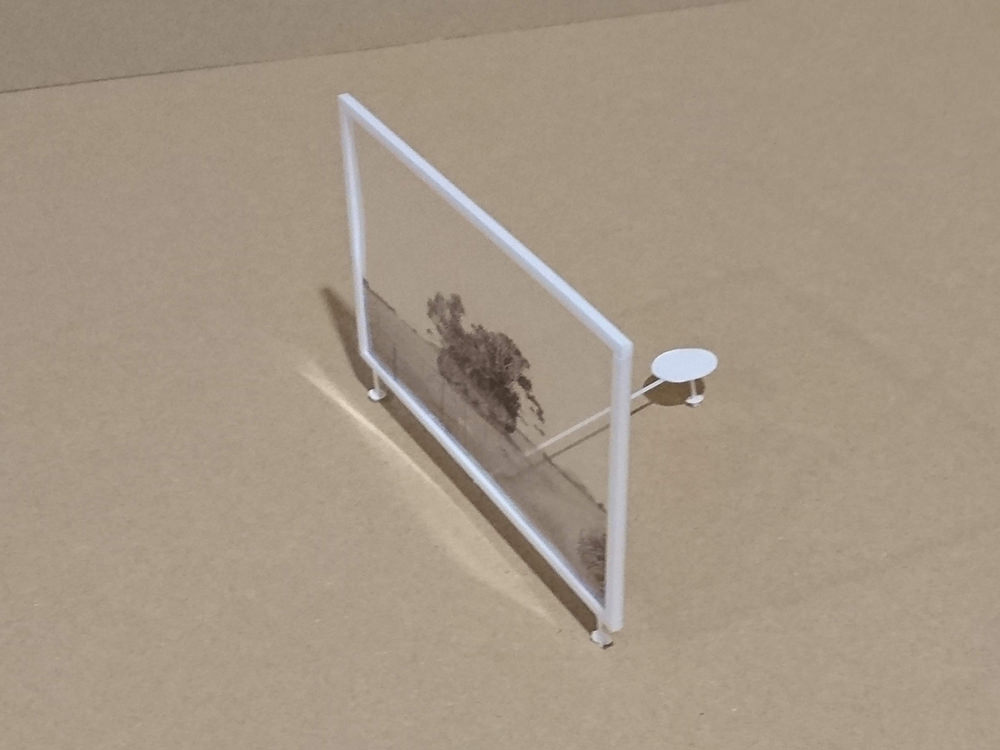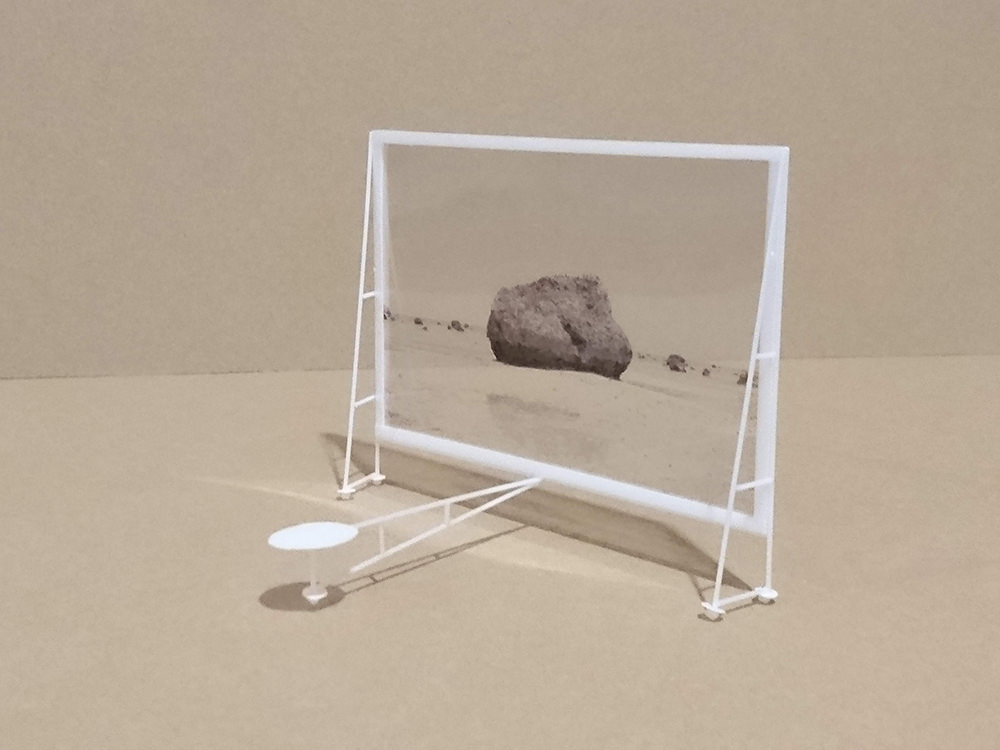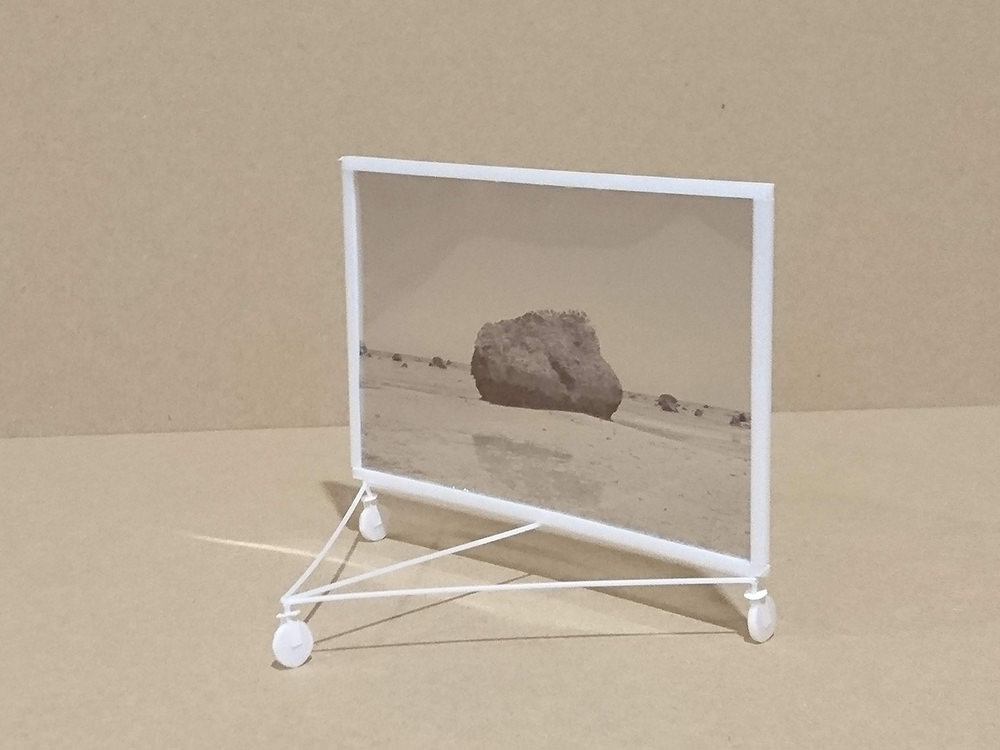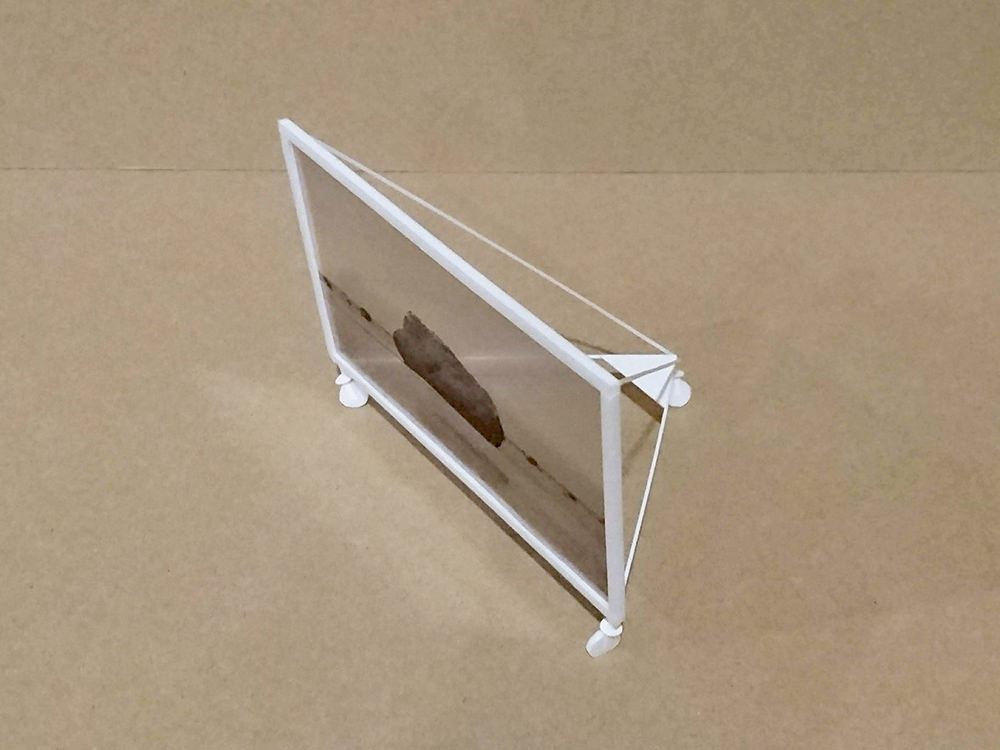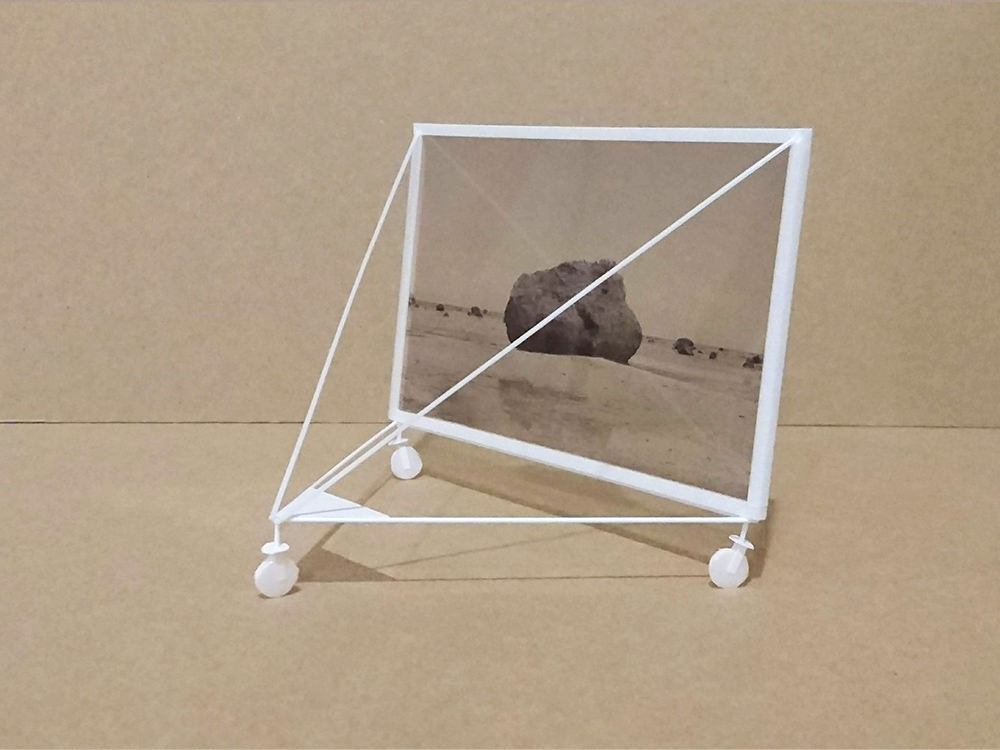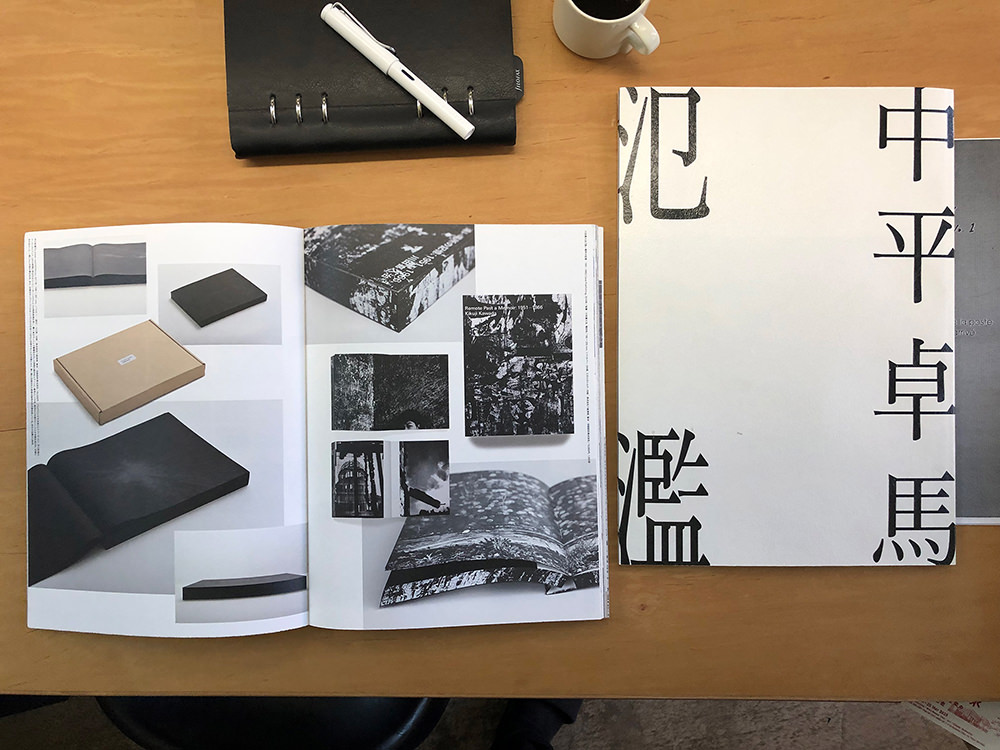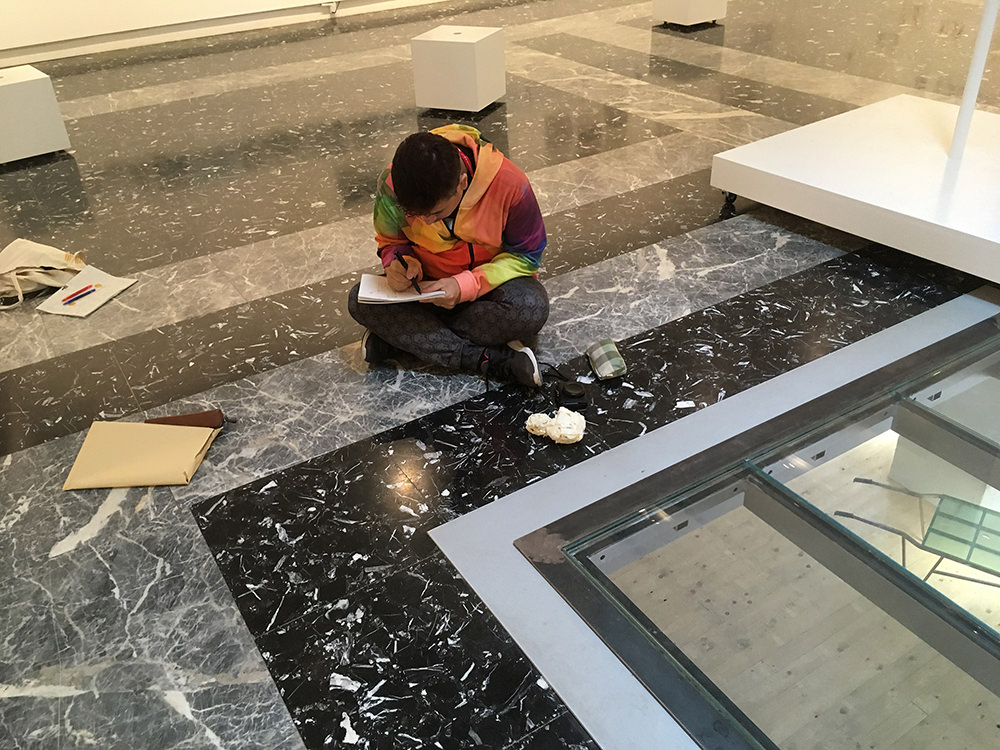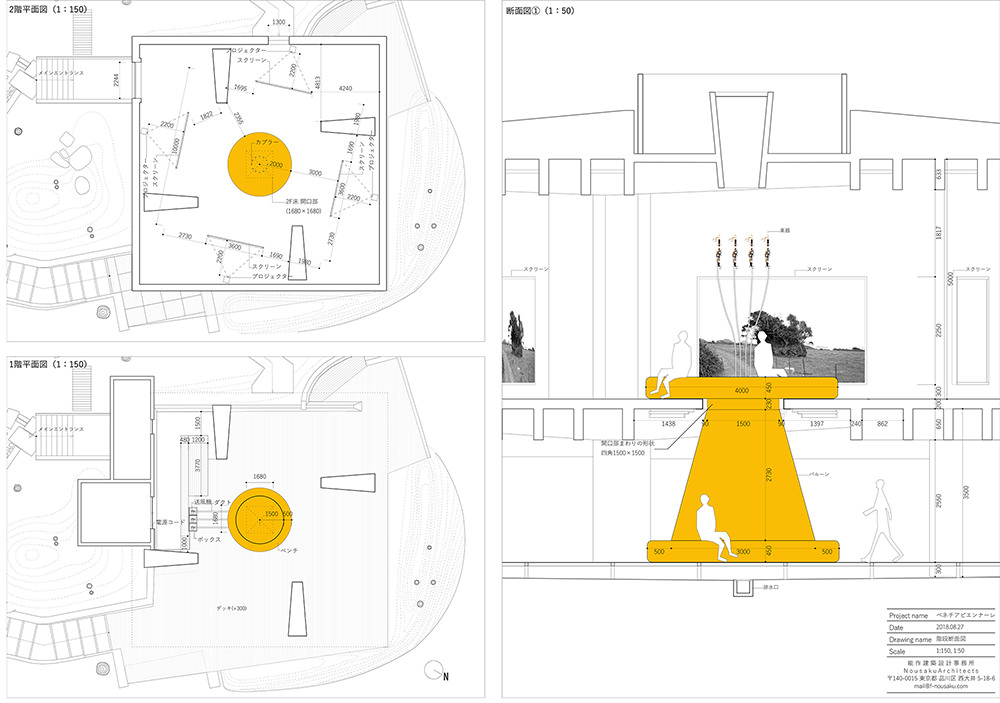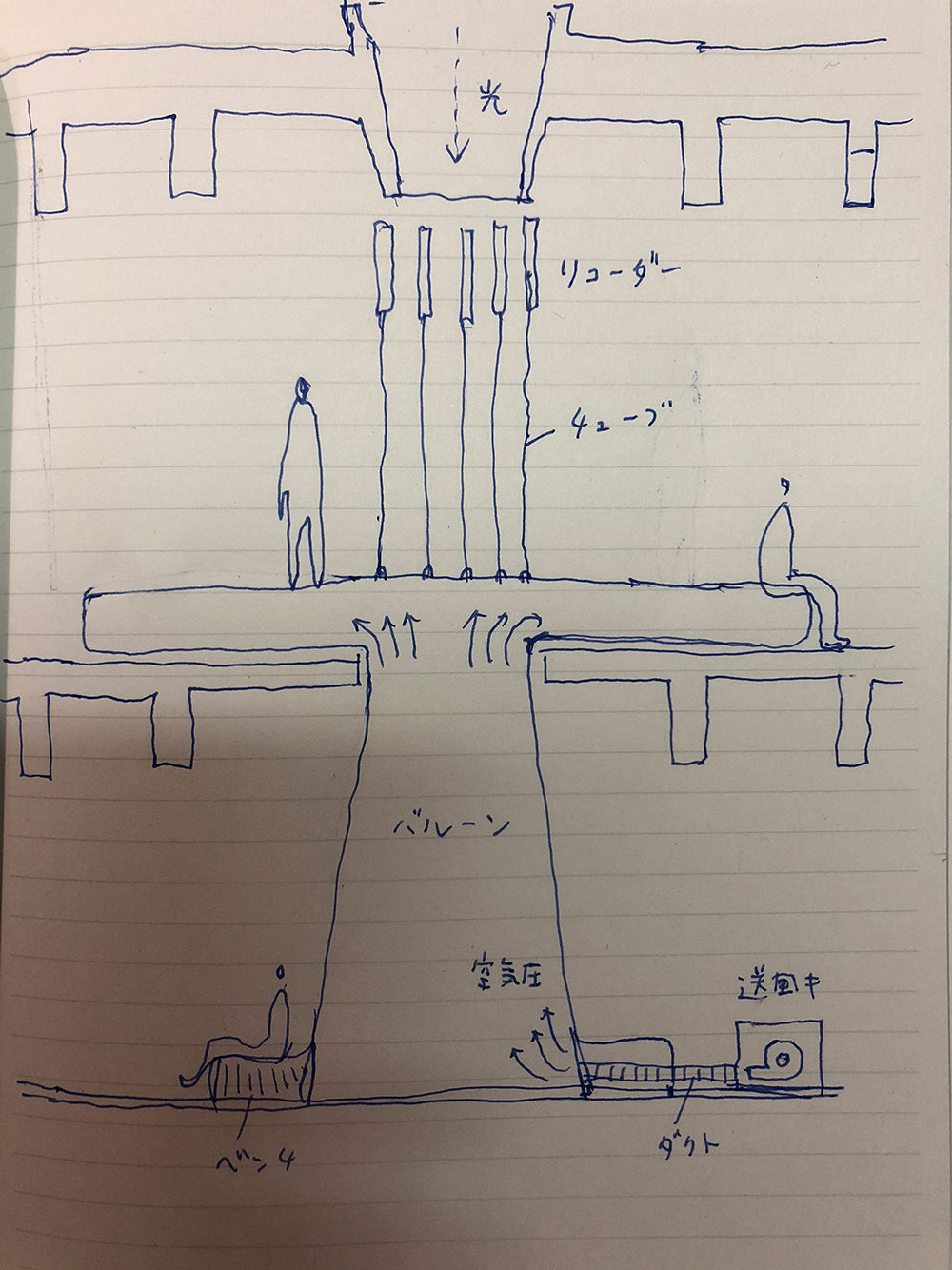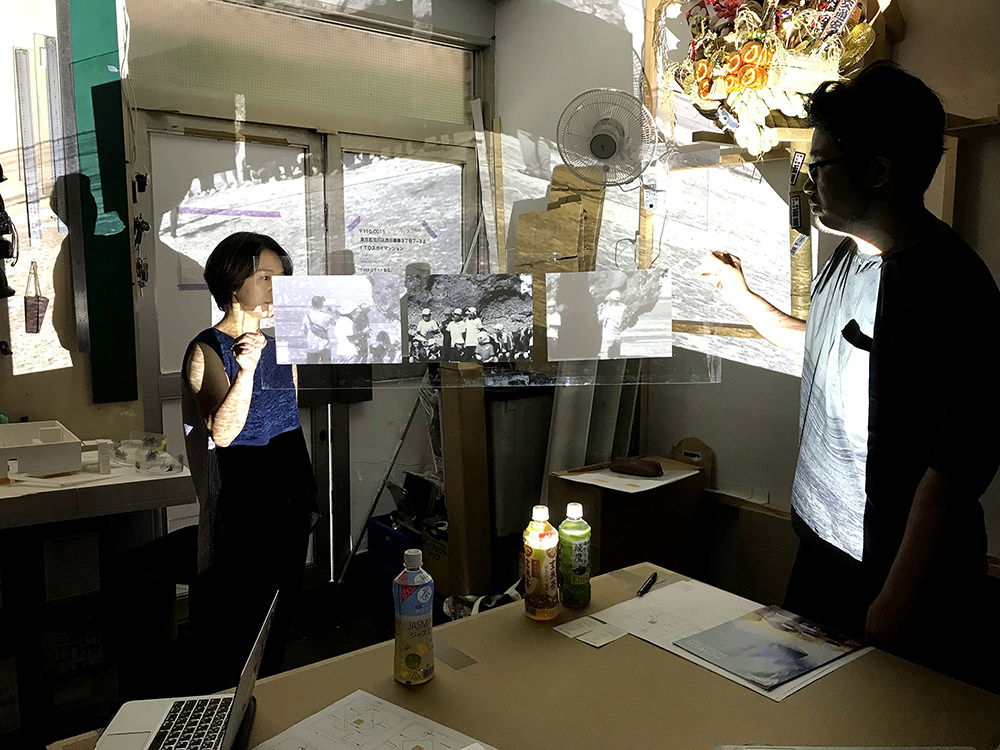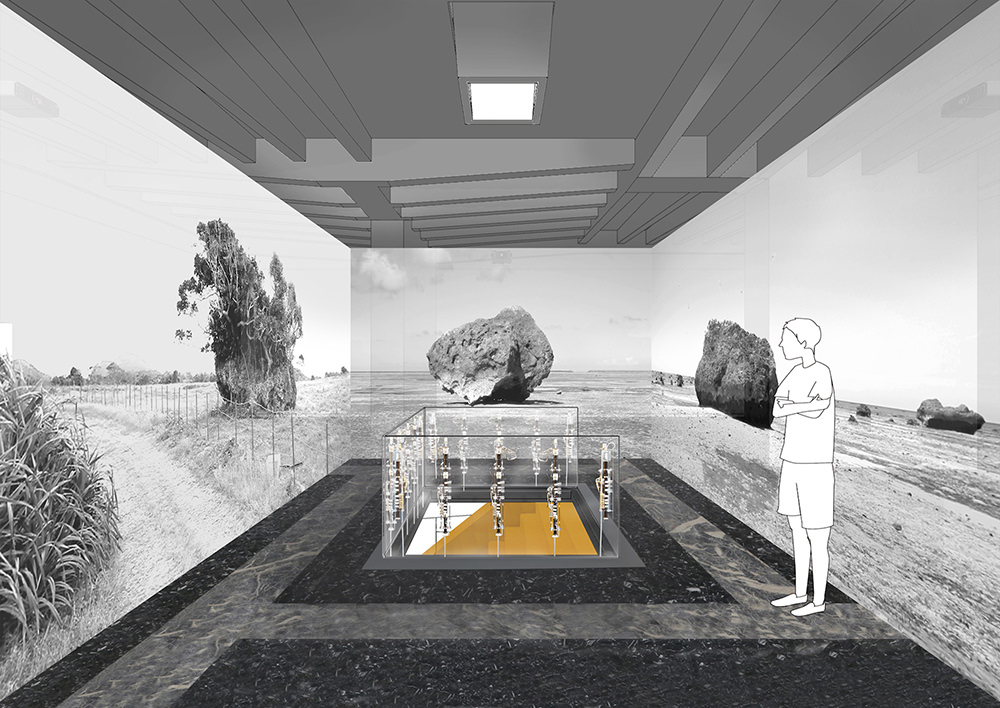- Production
Production
February 27, 2020
In Aichi, the frottage prints of the story are unpacked. The condition of the works is checked by Noda of Ippongi roduction, who managed the frottage production, and Hattori. Later, they discuss the framing at the framer’s and decide on the details.
Production
February 19, 2020
At Artizon, the condition of the pieces such as the balloon is checked and the exhibition footage is viewed.
Production
January 31, 2020
Hattori, Shitamichi, Yasuno, Ishikura, Nousaku, Tanaka, and Arimoto (HIGURE) of the installation team meet at Artizon Museum and discuss installation details with the museum curator. The overall exhibition plan is in place.
Production
December 12 – 17, 2019
The works are shipped back to Japan from Venice.
Production
December 2, 2019
An exhibition plan and budget plan with reduced installation costs are submitted to Artizon Museum. At Akita University of Art, “Japan University Consortium for Arts,” a symposium for high school art teachers in the Tohoku area is held, where Ishikura and Hattori give a lecture about “Cosmo-Eggs” titled “Transdisciplinarity of the Arts & Roots.”
Production
November 21 – 26, 2019
Hattori stays in Venice for the closing of the exhibition. Shitamichi, who is in France, visits Venice from 23 to 25. The story carved on the walls was transferred by frottage rubbing for two hours from 6pm to 8pm every day for three days of the 21st, 22nd, and 23rd and from 9am to 7pm on the 25th.Washi (traditional Japanese paper) and graphite are used.
Production
October 21, 2019
It is revealed that the submitted estimate had far exceeded the projected budget. Cost adjustments begin.
Production
October 18, 2019
An installation estimate is submitted to Artizon Museum.
Production
October 7, 2019
Shitamichi, Yasuno, Hattori, and Nousaku visit Artizon Museum. They see the newly completed exhibition room in its empty state.
Production
September 3, 2019
To make a frottage transfer of the story Cosmo-Eggs that has been carved onto the wall of the Japan Pavilion, Hattori seeks advice over the phone from Masao Okabe, an artist who represented Japan in the 52nd Venice Biennale and works with frottage method. Okabe gives advice about paper and other media, and the rubbing process.
Production
August 19, 2019
Artizon Museum sends notice that the homecoming exhibition plan that was submitted on July 18 has been approved and can proceed in the general direction of the proposal. There are a few issues that need to be cleared regarding museum regulations and exhibition space facilities.
Production
July 18, 2019
An exhibition plan is submitted to the curator at Artizon Museum.
Production
March 13, 2019
Shitamichi’s drawings, nautical charts, and other materials are shipped from Tokyo to Venice. They are scheduled to arrive on March 20.
Production
March 7, 2019
The balloon is shipped from Tokyo to Venice.
Production
March 1, 2019
PR materials (text and images for social media, etc.) to be sent to the Venice Biennale Foundation are submitted to the Japan Foundation.
Production
February 27, 2019
A discussion on details of the exhibition is held at Nousaku’s office. They examine color samples for the wall that arrived from Venice and decide on the color of paint to use.
Production
February 25 – 28, 2019
Shitamichi once again shoots tsunami boulders on Ishigaki Island. This is the last video session for the project.
Production
February 16 – 17, 2019
Shitamichi attends an event for the exhibition of graduation works at the Akita University of Art as a guest. Shitamichi, Ishikura, and Hattori gather in Akita, paint an MDF board the same as the wall in the Japan Pavilion grey, and experiment in engraving characters in it with an engraving knife.
Production
January 31, 2019
A draft of the myth arrives from Ishikura. It fits together wonderfully with the Tsunami Boulder video and Yasuno’s music.
Production
January 22, 2019
Shitamichi, Tanaka, and Hattori visit Yasuno’s studio in Saitama, and match up Shitamichi’s video and Yasuno’s music for the first time. They fit together surprisingly well. The idea of engraving Ishikura’s Cosmo-Eggs creation myth on a wall emerges.
Production
January 20, 2019
The texts and images for overall catalogue and guidebook for the 58th International Art Exhibition published by the Venice Biennale Foundation are submitted to the Japan Foundation. Afterwards, they will be translated into English and Italian. Submission of some materials is delayed until February or later due to issues such as receiving signatures for permission to use images and texts.
Production
December 17, 2018
Yasuno, Nousaku, and Hattori once again visit Aerotech for the final balloon test. Yasuno buys a thick hose from a nearby hardware store and attaches it to the bass recorder flute, making it possible to produce a stable volume. The balloon is almost completed.
Production
December 6, 2018
A meeting on construction is held at Nousaku’s office, involving Higure.
Production
December 5, 2018
Yasuno and Nousaku visit Aerotech. They test out connecting the nearly-completed balloon and recorder flutes, but a problem with the sound volume arises. They have several revisions to make before the final test 10 days or so later.
Production
November 15, 2018
Shitamichi, Yasuno, and Hattori meet at Nousaku’s office to discuss the screen, wall colors, and how to hang Yasuno’s recorder flutes. Afterwards they move to Tanaka’s office to meet each other and talk about graphics.
Production
November 5, 2018
Yasuno finishes the pitch table for all fingerings for the recorder machines. All sounds outputted by the soprano, alto, tenor, and bass machines are written down.
Production
October 23, 2018
Hattori travels from Sapporo to Saitama to visit Yasuno. Higure also comes to the studio that Yasuno rented to create works, and they discuss the device for hanging the recorder flutes, and how to fix them on the ceiling of the Japan Pavilion.
Production
October 22, 2018
The idea for a movable screen with wheels is nearly finalized.
Production
October 16, 2018
Nousaku, Yasuno, and people from Aerotech Co., Ltd., the company that will be producing the balloon, meet at Yasuno’s studio to discuss a balloon. The Aerotech staff bring samples, making the ideas easy to check out.
Production
October 6, 2018
A study on 10 patterns of set-up ideas combining the screen and projector stand for Tsunami Boulder is proposed by Nousaku.
Production
October 1, 2018
Yasuno rents a studio in Saitama until February 2019 to create the works for the project.
Production
September 28, 2018
Shitamichi and Hattori go from Nagoya to Kyoto and Osaka. They look at art books in bookstores in Kyoto and Osaka to consider candidates for the graphic designer. They are drawn to the work of Yoshihisa Tanaka.
Production
September 19 – 23, 2018
Hattori visits Palermo to see the Manifesta 12. Then he moves to Venice. Shitamichi, Yasuno, and Hattori meet up there. Before and after closing of the facility, they conduct a variety of simulations, including the spatial layout, and the flow of light. They connect with Nousaku, who is in Japan, via Messenger and have a meeting on September 23.
Production
September 6, 2018
Ishikura and Hattori visit Yasuno’s workspace at Nihon University College of Art Ekoda Campus. They report about the Miyako and Yaeyama investigation and speak about a wide range of topics from myths to music.
Production
September 5, 2018
The Ishibashi Foundation announced that the Bridgestone Museum of Art (currently closed for the construction of a new building) will be renamed the Artizon Museum. They also officially release an announcement of the returning exhibition.
Production
August 27, 2018
The specifications for balloon production are almost finalized.
Production
August 9, 2018
The team tests out projection at a gymnasium in Oji, Kita-ku to decide on a projector and screen. They test out two types of projectors with the support of Canon Marketing Japan Inc. and pick the WUX500ST model as the candidate.
Production
July 30, 2018
Nousaku and Yasuno come up with a new idea for the balloon. They propose a major change from the previous idea of creating balloon stairs below the pilotis to creating a gigantic balloon bench penetrating the floor to the exhibition room.
Production
July 19, 2018
A meeting on installation is held with Higure 17-15 cas, an art work installation team that has been requested to set up the exhibition and provide technical support for the artists’ works. Consultation mainly relates to the projector and screen.
Production
July 12 – August 21, 2018
Yasuno looks for a balloon company for his music composition.
Production
June 7, 2018
A press conference is held at the Japan Foundation. The names of the artists and curator participating at the Japan Pavilion are released, along with the plans.
Production
May 17, 2018
Hattori receives a phone call at the university in Akita that his plan was selected.
Production
May 11, 2018
Six curators take turns giving presentations at the qualifier held at the Japan Foundation. 20 minutes are designated for presenting the plan, and 15 minutes for questions and answers.
Production
May 7, 2018
Hattori brings the proposal from his home in Nagoya to the Japan Foundation in Tokyo and submits it.
Production
May 6, 2018
Hattori finishes up the proposal, gets the participating artists to provide their revisions, and it is almost completed.
Production
April 18, 2018
Hattori sends e-mails to Taro Yasuno and Fuminori Nousaku to ask them to participate in the project. Hattori has experienced several of Yasuno’s works, and after researching Nousaku primarily through the internet and books, he feels a stronger sense of connection with him than with any other architect, so he decides to ask him. Hattori has only received a tiny bit of information about his character from friends but decides to take a gamble and contact him anyway.
Production
March 23, 2018
At a party to honor teachers at the graduation ceremony for the Akita University of Art, Hattori asks Toshiaki Ishikura to be involved from the concept design phase and provide advice from an anthropological perspective.
Production
March 17, 2018
Hattori once again replies by e-mail, stating that he will officially enter the competition.
Production
March 9, 2018
Hattori replies from Cuba that he will think about it, as he is visiting to set up an exhibition which he co-curated.
Production
March 8, 2018
Hattori receives a request to participate in a competition to be named the curator for the Japan Pavilion in the 58th Venice Biennale: International Art Exhibition by e-mail.


